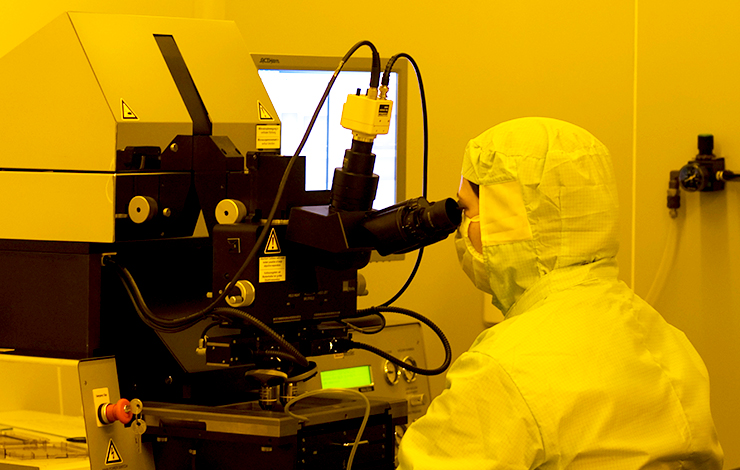


The sound of bronze: Virtual resurrection of a broken medieval bell
| Title | The sound of bronze: Virtual resurrection of a broken medieval bell |
| Publication Type | Journal Article |
| Year of Publication | 2016 |
| Authors | Debut V a, b Carvalho M a, Figueiredo E c, Antunes J b, Silva R c |
| Journal | Journal of Cultural Heritage |
| Volume | 19 |
| Pagination | 544-554 |
| ISSN | 12962074 |
| Abstract | The bell from the church of S. Pedro de Coruche is one rare surviving example of early bells, cast during the 13th century in Europe, which was exhumed from a crypt-ossuary in an archaeological excavation carried out near Lisbon in Portugal. Of particular significance, it is believed to belong to a time period during which bell's profile has evolved noticeably, leading to bells with fine musical qualities and a well-defined sense of pitch. If the bell from Coruche was a tangible piece of evidence for tracing the history of bell casting in Europe, it had however lost all trace of its original sound: indeed the bell was found broken and incomplete and even if it has undergone a restoration process since the archaeological discovery, the use of an adhesive during the reassembly has changed somehow the vibrational properties of the bell structure. To bring back to life the sound of this broken musical artefact, a methodology combining experimental and numerical techniques from materials science and music acoustics is described in this paper. The general approach comprises material characterisation, geometrical measurements, modal analysis and physics-based sound synthesis techniques. By coupling a physical dynamical model of a bell impacted by a clapper with the modal properties of the original bell computed by Finite Element Analysis, realistic time-domain simulations of the Coruche bell dynamics were performed and realistic synthetic sounds were produced. As the original clapper has not survived, parametric computations have been performed to illustrate the changes in bell sounds associated with clappers of different mechanical properties. The overall approach provides insight into the tuning of this medieval bell which can be compared to the modern-type tuning, and reproduce the sound that the bell from Coruche might have had. The strategy developed can be easily adapted to other musical instruments in poor/variable states of preservation, therefore benefiting the importance of such non-renewable cultural resources. © 2015 Elsevier Masson SAS. |
| URL | https://www.scopus.com/inward/record.uri?eid=2-s2.0-84947968318&doi=10.1016%2fj.culher.2015.09.007&partnerID=40&md5=96e314e37673d0105d2338130c76ea16 |
| DOI | 10.1016/j.culher.2015.09.007 |








